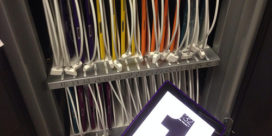How to take a student-centered approach to classroom AV
Schools are increasingly moving toward personalized and adaptive learning programs. The idea of tailoring teaching styles, materials, and approaches to individual students promises deeper engagement and better academic…



